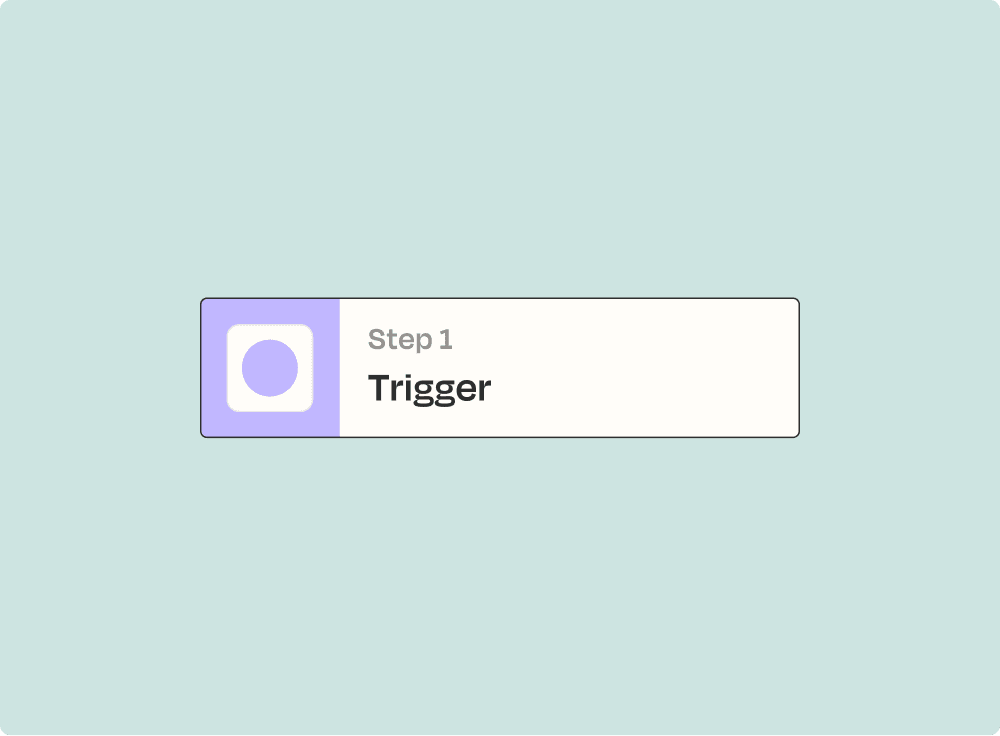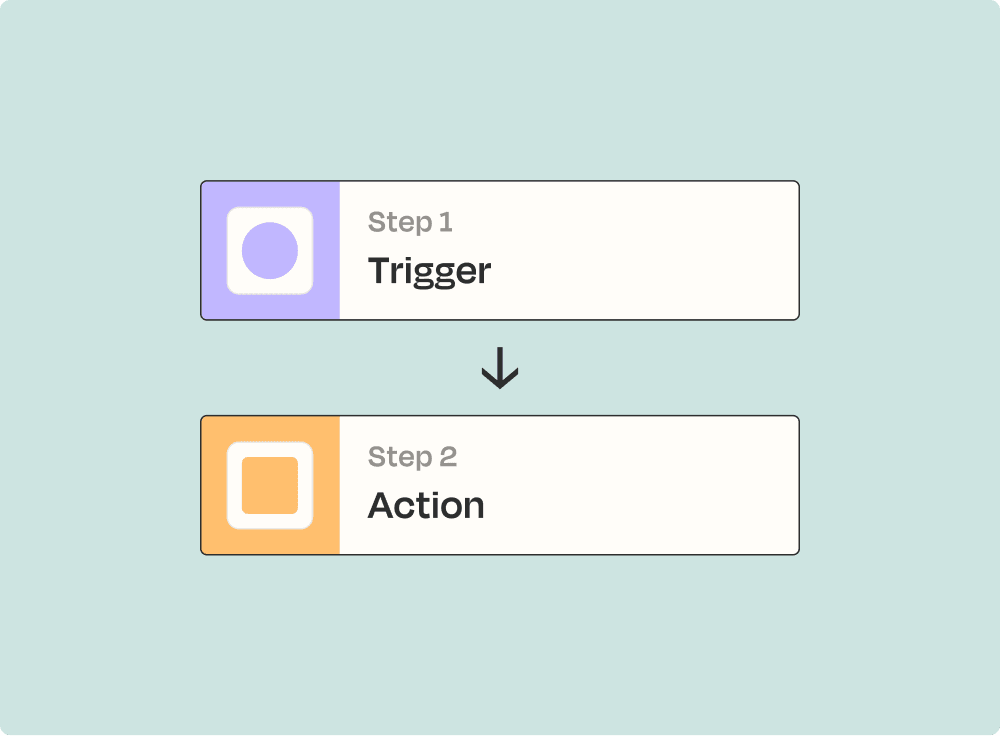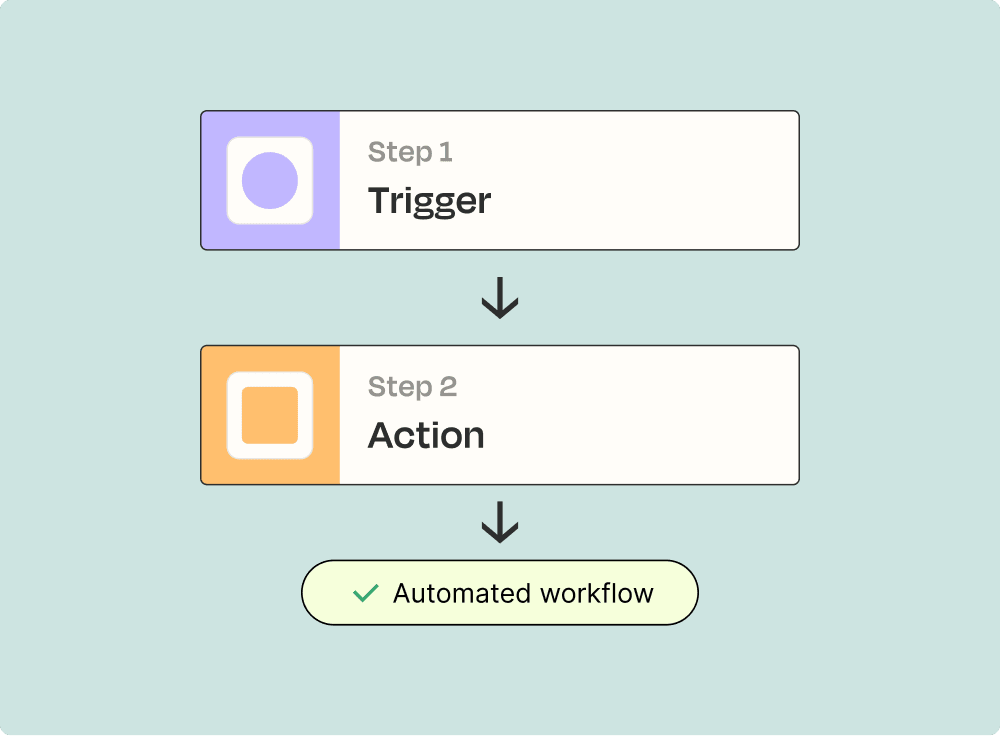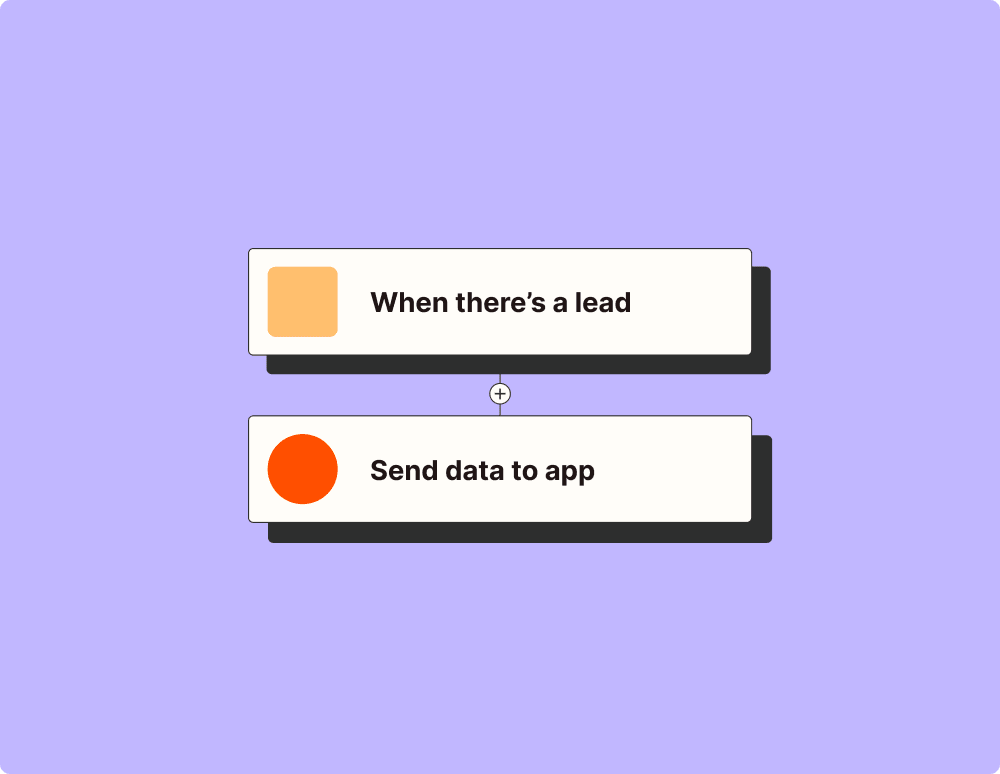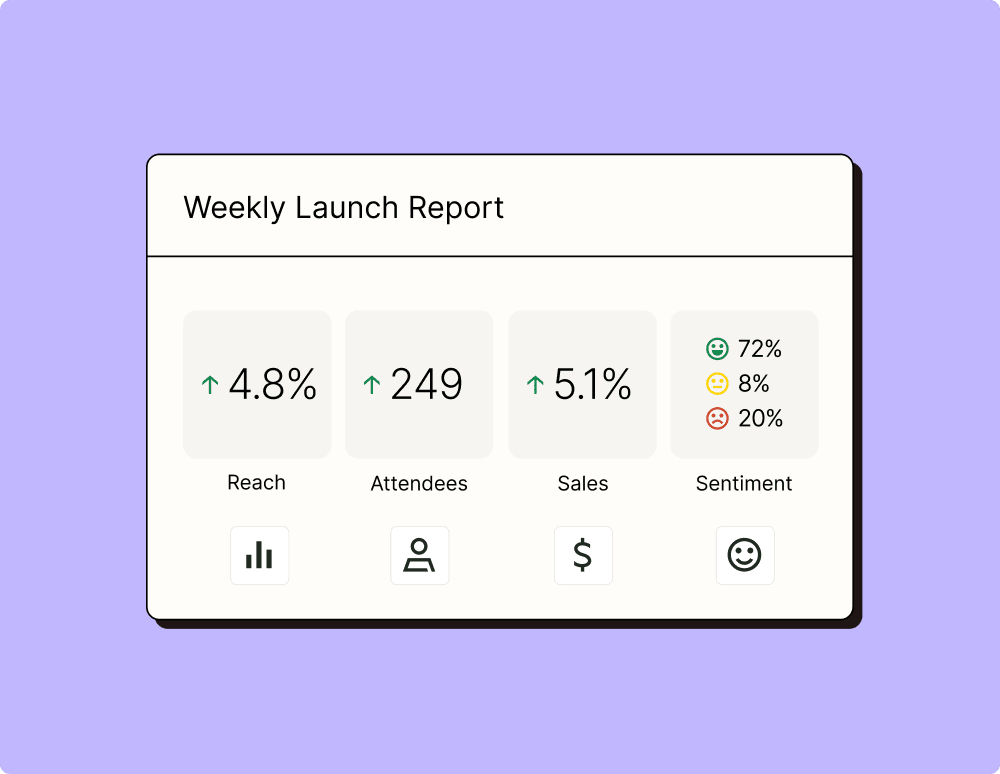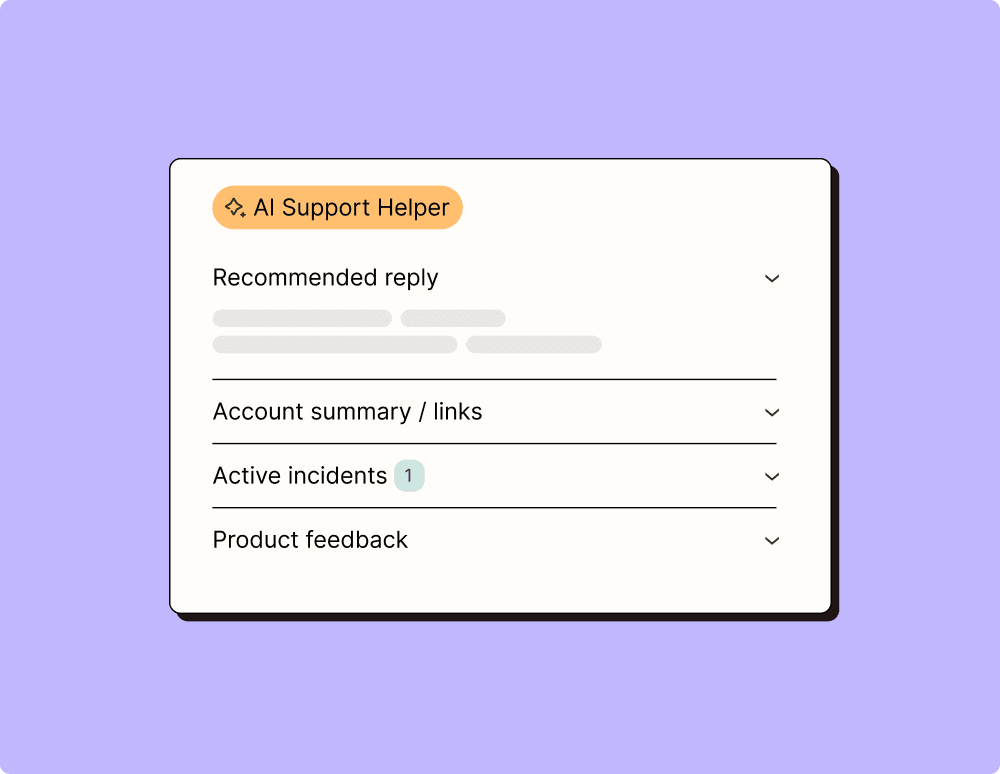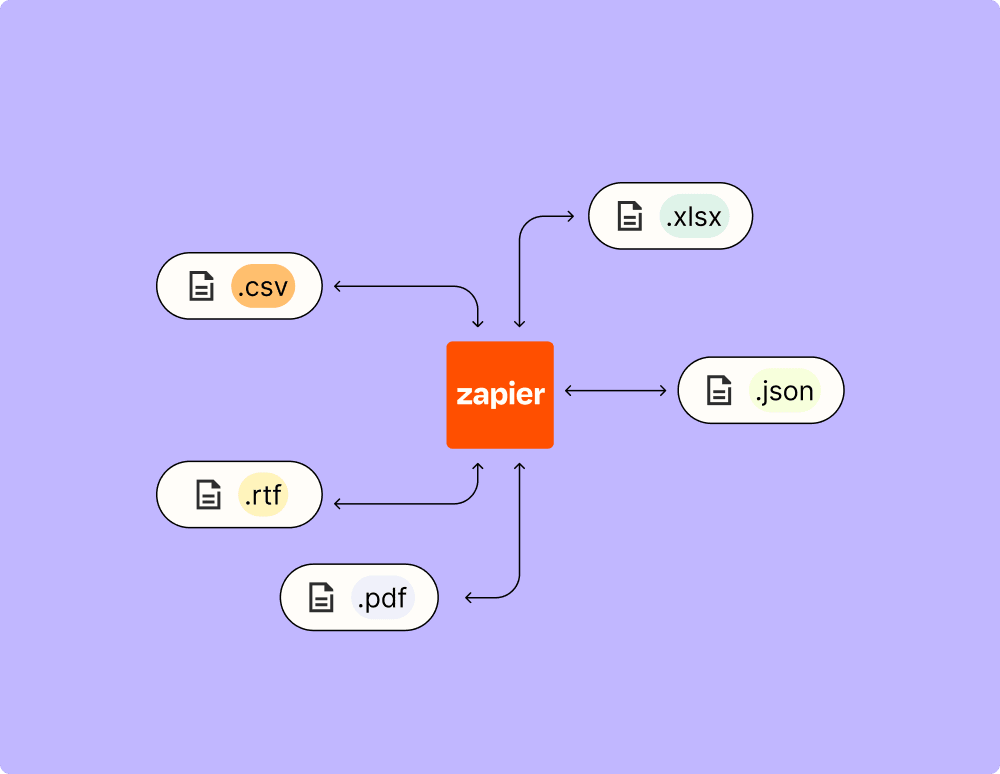Integrate Moodle with Webhooks by Zapier to automate your work
How Zapier works
Zapier makes it easy to integrate Moodle with Webhooks by Zapier - no code necessary. See how you can get setup in minutes.
Zapier is the automation platform of choice for 87% of Forbes Cloud 100 companies in 2023
93%
Customers who say using Zapier has made them better at their job
25m
Customers have created over 25 million Zaps on the platform
6 mins
The average user takes less than 6 minutes to set up a Zap
Set up your first integration
Quickly connect Moodle to Webhooks by Zapier with a Zapier template.
Our most popular template

Frequently Asked Questions about Moodle + Webhooks by Zapier integrations
New to automation with Zapier? You're not alone. Here are some answers to common questions about how Zapier works with Moodle and Webhooks by Zapier
How can I set up Moodle and Webhooks by Zapier integration?
To set up the integration, you'll need to create a Zap in your Zapier account, choosing Moodle as your trigger app and webhooks as your action app. Select the appropriate trigger event in Moodle to start, such as a new course creation or user enrollment.
What triggers are available for Moodle in Zapier?
There are several triggers available for Moodle in Zapier, including new course creation, user enrollment, and updated course content. These triggers allow you to automate workflows based on specific events that occur within your Moodle environment.
Can I use Webhooks by Zapier to send data back to Moodle?
Yes, our Webhooks feature allows you to send data back into Moodle by creating webhooks that POST or PUT data to specific endpoints within your Moodle instance.
Is it possible to update a user's information in Moodle using this integration?
While the direct update of user info isn't typically done via webhooks alone, you can trigger a webhook from another app that could then initiate an API call or another action to update user information in Moodle.
How do I manage errors when sending data with Webhooks by Zapier?
If there's an error with sending webhook data from Moodle, our platform offers tools like Zap history for debugging and troubleshooting. You can review logs and re-test Zaps as needed.
What should I consider regarding authentication when using webhooks with Moodle?
When setting up webhooks with Moodle, ensure that proper authentication is configured for the endpoint receiving the webhook request. This could involve token-based authentication or OAuth 2.0 depending on your setup.
Can multiple actions be performed in response to a single trigger when using this integration?
Yes, one of the benefits of using our platform is the ability to chain multiple actions following a single trigger event in Moodle. You might simultaneously update CRM records and notify team members after a new enrollment.
Connect Moodle and Webhooks by Zapier to unlock the power of automation
With Zapier's 7,000 integrations, you can unify your tools within a connected system to improve your team's efficiency and deepen their impact.

Supported triggers and actions
Zapier helps you create workflows that connect your apps to automate repetitive tasks. A trigger is an event that starts a workflow, and an action is an event a Zap performs.


